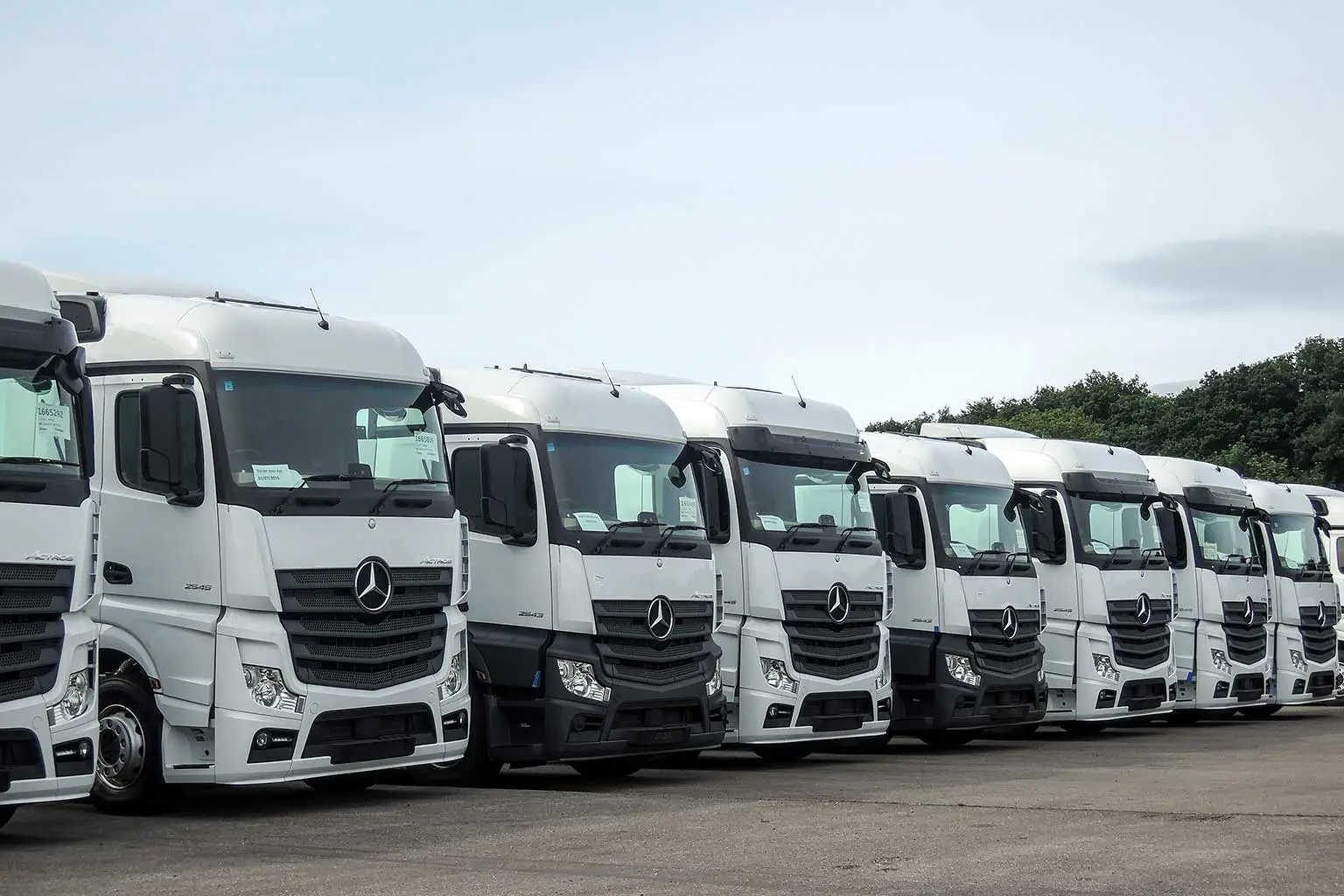Some important reminders about the Direct Vision Standard scheme
March 1, 2021
By: Taz Imbayago

The introduction of TfL’s Direct Vision Standard (DVS) scheme is a world first, with the laudable aim of eliminating deaths and serious injuries on the London transport network by 2041.
As with all such schemes, implementation is complex, and it’s important that fleet operators understand the regulations that have been set, and what action they might need to take if they have not already done so. The DVS scheme reduces potentially lethal blind spots via a free permit system which assigns a star rating based on how much a driver can see through their cab window. Anyone operating HGVs over 12 tonnes now needs a valid permit to operate in London. Any HGV rated one to five stars automatically qualifies for a permit, while those zero rated are required to improve their safety systems.
An “Allow List” introduced by TfL following installation and application delays meant fleet operators could buy some time – provided operators applied before March 1, 2021. Operators who arranged for the installation of systems before that date and have now been provided with confirmation from TfL that they have been included on the “Allow List”, will have 90 days to get the system installed, which takes us to May 29.
TfL have also recently said that a total 90,000 permit applications have been made so far, of which a third were zero star rated. What is surprising is that ANPR data from TfL shows that on average 150,000 vehicles over 12 tonnes enter the London area per year. Assuming the same level of traffic, that would mean that 60,000 vehicles have not applied for permits if they are entering the Greater London Area.
One reason for the reduction in applications could be that some fleet operators are looking to replace their vehicles later in the year. But it is important to remember that a new permit needs to be applied for before entering the Greater London Area. If the new vehicle is zero star rated, it is essential that the fleet operator arranges for the Safe System to be fitted to the vehicle, before applying for a permit. Even though you may think that a new replacement vehicle would have a star rating better than zero, that is not always the case. At RS Connect, working with operators who are looking to make their fleets DVS compliant, we have seen a number of new vehicles with zero star ratings, which means they would need to have a Safe System fitted.
DVS has received backing from a range of organisations within the transport sector, and you can read their comments here.
You may like..
No posts
